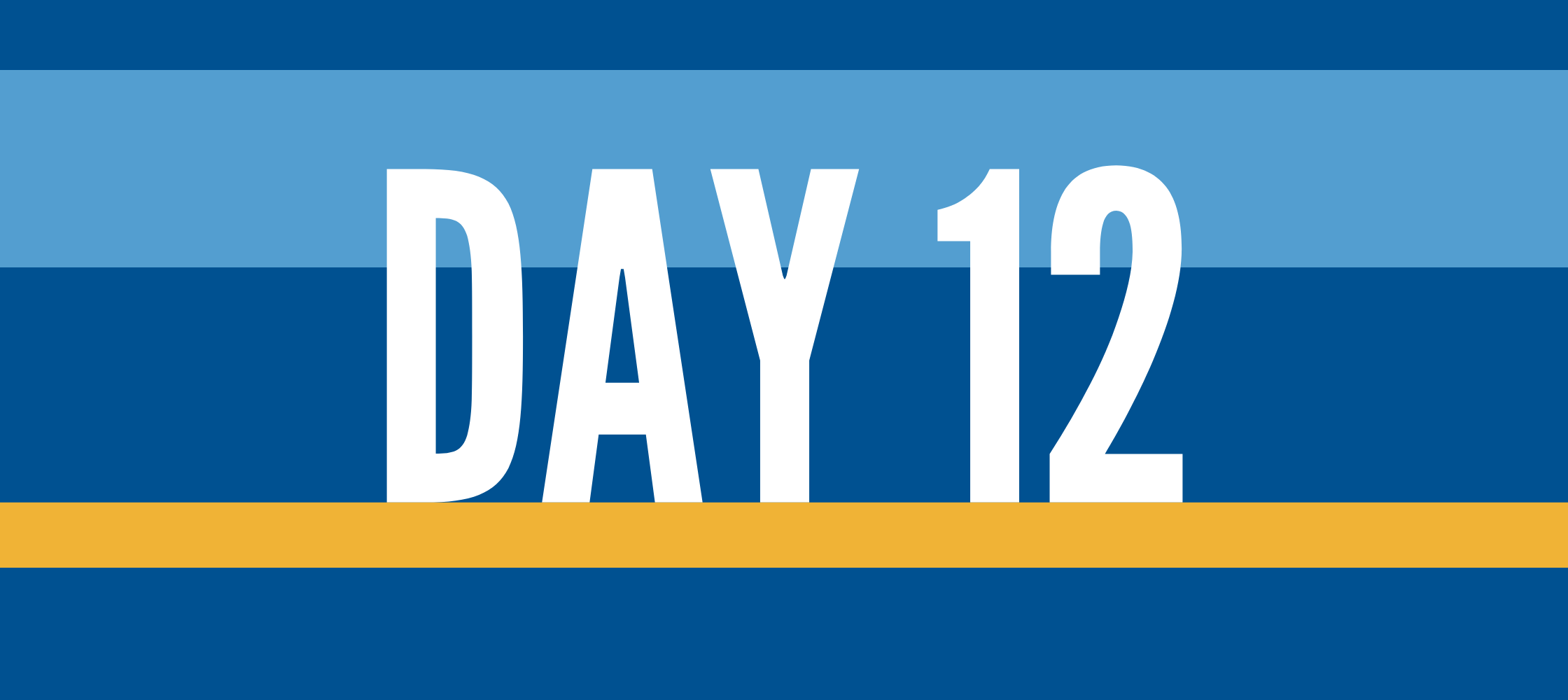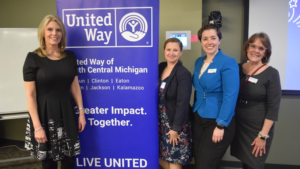
“This history matters for contemporary inequality in part because its legacy is passed down generation-to-generation through unequal monetary inheritances which make up a great deal of current wealth.”
-Examining the Black/White Wealth Gap, Brookings Institute
The racial wealth gap involves more than debt and payday lending. It’s about bias, discrimination, redlining and many other inequities that hold people of color back.
Throughout this challenge, we have explored structural and institutional inequities that lead to negative and disparate outcomes in health, environmental issues, and housing. Related to each of these challenges is the bigger picture of overall wealth inequity that has grown from racism and discrimination.
The racial wealth gap in the United States is staggering. According to the U.S. Federal Reserve, the typical white family has eight times the wealth of the typical Black family and five times the wealth of the typical Hispanic family. These figures consider assets like homes, vehicles, income, student debt, stocks, retirement accounts, inheritance, and other wealth-related items.
Prosperity NOW notes only half of Americans realize this wide gap exists in financial well-being between white households and households of color. Even among those who do recognize the racial economic inequality, there is a widespread misconception that the problem is only based on income. The problem is much deeper than that: when we consider wealth, the financial capital families need to expand their economic opportunity and agency, the disparity facing households of color grows even larger. As Emanuel Nieves notes, we must address the following challenges facing households of color today:
- Expand on opportunities to increase incomes and build short- and long-term savings
- Enable greater wealth creation through entrepreneurship and employment equity
- Provide access to safe and affordable financial products and services
- Close the educational attainment gap, student debt and equity gap
- Improve ability to create long-term wealth

Today’s Challenge
Read
- Michigan payday lenders disproportionately place their businesses in communities of color, rural areas, and low-income areas. See this 2018 report from the Center for Responsible Lending, which looks into how these businesses are targeting vulnerable customers. Reflect on how many payday lenders are in your community, where they are located, and to whom they market and attract. (15 minutes) https://www.responsiblelending.org/research-publication/power-steering-payday-lenders-targeting-vulnerable-michigan-communities
Watch
- Watch this episode of Netflix Explained, The Racial Wealth Gap . Reflect on what you watched and acknowledge any new information. (16:13) https://www.youtube.com/watch?v=Mqrhn8khGLM
Engage
- See how your selected city or region is doing on several key equity indicators and how inequity threatens economic prosperity – National Equity Atlas. Reflect on how you see key indicators showing up in your community and the impact it has on your own economic prosperity.
https://nationalequityatlas.org/research/data_summary%22%20%5Cl%20%22/?geoSectionName=State&geo=02000000000026000 - Look at Asset Types Held by Race, by Jenna Ross, Visual Capitalist. Reflect on the asset types held by the race you identify with and those of other race identity groups.
https://www.visualcapitalist.com/racial-wealth-gap/
Discuss
- After reviewing the asset types held by the race , what did you learn about the race you identify with? What about with those of other race identity groups?
- Which assets tend to make the biggest difference in family wealth?
- How have race-based policies created economic injustice for African Americans and other communities of color?










